Project Overview
Purpose
The purpose of the ADO Benchmarking Project is to establish typical ranges of activity for ADOs, so that program indicators can be understood within the context of those ranges. This is to enable ADOs to identify possible gaps in their program delivery and to address underlying issues accordingly.
Indicators are presented for groups of similar ADOs, with the aim of allowing ADOs to place themselves within the group and to contextualize their own levels of activity.
Visualizations
The initial indicators that have been chosen are the following:
From ADAMS:
-
2024 tests (total)
-
Registered Testing Pool (RTP) size at the end of 2024
-
Therapeutic Use Exemptions (TUEs) processed (approved or rejected) in 2024
From the CCQ, audits, or as otherwise shared with WADA by the ADO1:
-
Budget (USD)
-
Full-time staff
The visualizations show the level of each indicator for each NADO in the group (one circle per NADO). The shaded grey area represents the range between the 25th and the 75th percentile, i.e. those who are closer to the middle of the range than they are to either the top or the bottom.
The purpose of the visualizations is to inform not evaluate: a NADO can fall outside typical ranges for any given indicator without this representing an issue with program delivery. The hope is that this information will be useful to the ADOs, allowing them to benchmark themselves against their peers, reflect and improve their programs as they see fit.
[1] CCQ information is self-reported and, as such, is not guaranteed by WADA to be accurate. Should ADOs wish to make any corrections or updates, they should contact their Regional Office (for NADOs) or Sport Movement Relations (for IFs)
NADOs
Grouping
WADA’s Policy for the Application of the ISCCS, also known as the Prioritization Policy, divides Signatories into different Tiers, which consider sporting performance and doping risk (based on sport and discipline). These Tiers have been split into smaller groups based on three complementary factors: number of athletes at Olympic/Paralympics and Continental Games; medals and top-eight finishers at major events; and Gross Domestic Product (GDP) per capita of the country. These factors are external to the NADO but determine to a large extent the context within which it operates. Tier 1 was split into three groups, while Tiers 2, 3, and 4 were split into two groups each.
There is no hierarchy between the groups.
Tier 1
Group 1A
Australia, Brazil, Canada, China, France, Germany, Italy, Japan, Korea, Russian Federation, Spain, United Kingdom, United States
Group 1B
Austria, Belgium*, Denmark, Finland, Ireland, Israel, Netherlands, New Zealand, Norway, Sweden, Switzerland
* The four Belgian NADOs – Brussels, Flanders, French, and German – are combined here for illustrative purposes, although they have distinct jurisdictions and are each Signatories to the Code in their own right.
Group 1C
Argentina, Belarus, Chinese Taipei, Colombia, Croatia, Cuba, Czechia, Egypt, Greece, Hungary, India, Iran, Kazakhstan, Latvia, Mexico, Poland, Portugal, Romania, Serbia, Slovakia, Slovenia, South Africa, Thailand, Türkiye, Ukraine, Uzbekistan
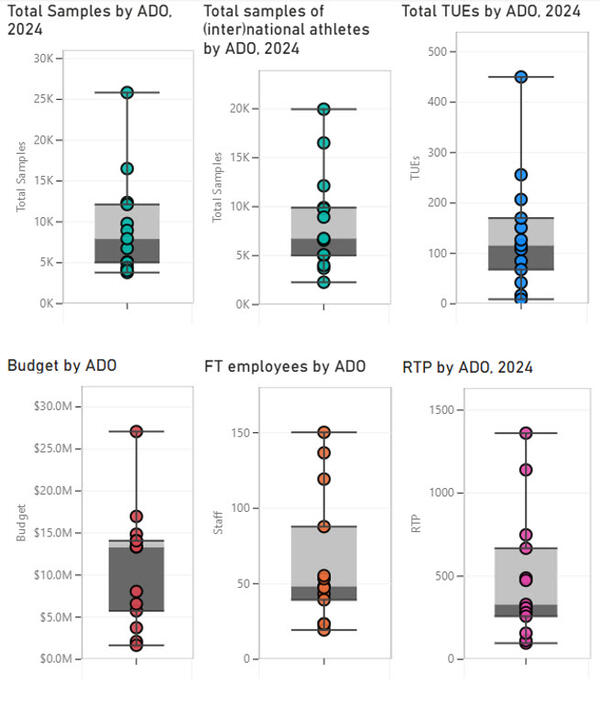
NADOs of: Australia, Brazil, Canada, China, France, Germany, Italy*, Japan, Korea, Russian Federation, Spain*, United Kingdom, United States
* In the case of Italy and Spain, the full-time employee numbers were pulled from the Council of Europe Anti-Doping Questionnaire, as the answer provided in the CCQ contained an error.
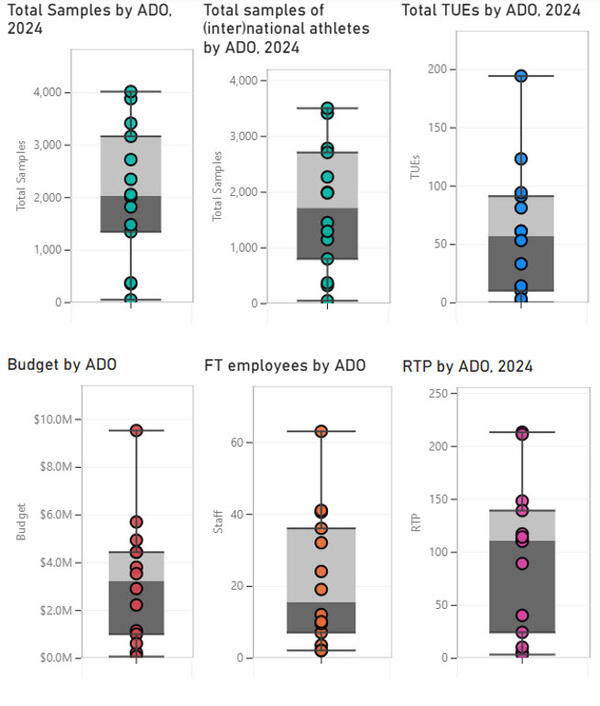
NADOs of: Austria, Belgium*, Denmark, Finland, Ireland, Israel, Netherlands, New Zealand, Norway, Sweden, Switzerland
* The four Belgian NADOs – Brussels, Flanders, French, and German – are combined here for illustrative purposes, although they have distinct jurisdictions and are each Signatories to the Code in their own right.
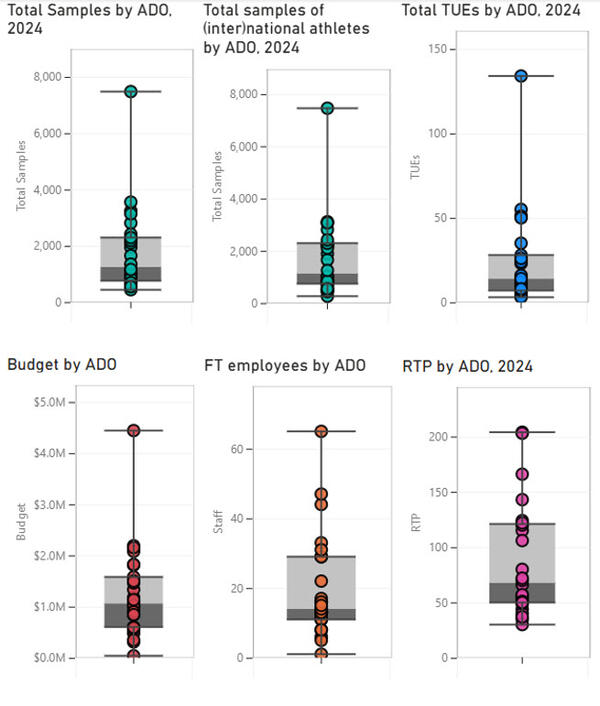
NADOs of: Argentina, Belarus, Chinese Taipei, Colombia, Croatia, Cuba, Czechia, Egypt, Greece, Hungary, India, Iran, Kazakhstan, Latvia, Mexico, Poland, Portugal, Romania, Serbia, Slovakia, Slovenia, South Africa, Thailand, Türkiye, Ukraine, Uzbekistan
Tier 2
Group 2A
Azerbaijan, Bermuda, Bulgaria, Chile, Estonia, Georgia, Hong Kong, Indonesia, Kenya, Lithuania, Malaysia, Mongolia, Nigeria, Philippines
Group 2B
Algeria, Armenia, Dominican Republic, Ecuador, Ethiopia, Fiji, Jamaica, Jordan, Korea DPR, Kyrgyzstan, Moldova, Morocco, Tunisia, United Arab Emirates, Venezuela, Vietnam
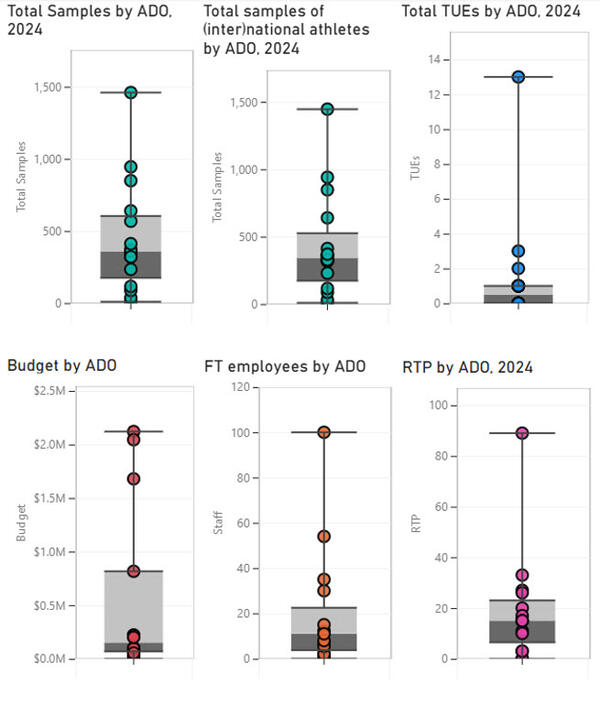
NADOs of: Azerbaijan, Bermuda, Bulgaria, Chile, Estonia, Georgia, Hong Kong, Indonesia, Kenya, Lithuania, Malaysia, Mongolia, Nigeria, Philippines

NADOs of: Algeria, Armenia, Dominican Republic, Ecuador, Ethiopia, Fiji, Jamaica, Jordan, Korea DPR, Kyrgyzstan, Moldova, Morocco, Tunisia, United Arab Emirates, Venezuela, Vietnam
Tier 3
Group 3A
Bahamas, Bahrain, Ivory Coast, Kosovo, Kuwait, Puerto Rico, Qatar, Saudi Arabia, Singapore, Turkmenistan, Uganda
Group 3B
Cameroon, Cyprus, Guatemala, Iraq, Lebanon, Montenegro, Namibia, North Macedonia, Pakistan, Papua New Guinea, Peru, Samoa, Senegal, Sri Lanka, Syria, Tajikistan, Tonga, Trinidad and Tobago, Uruguay
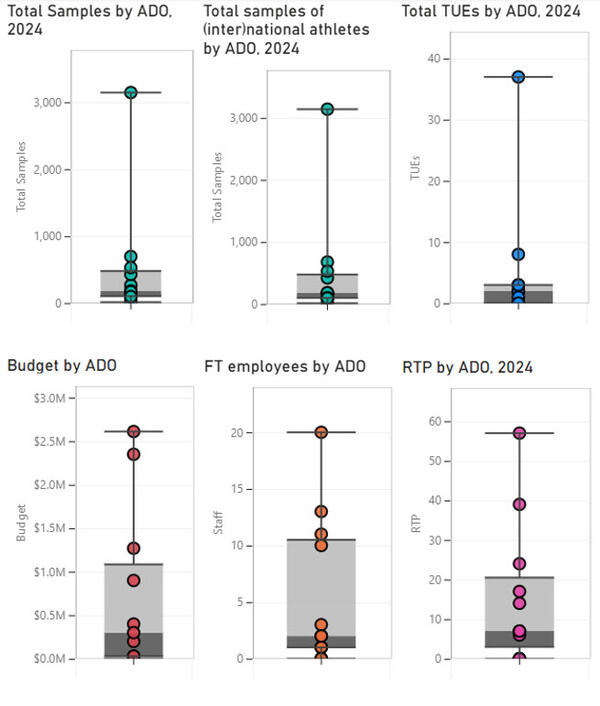
NADOs of: Bahamas, Bahrain, Ivory Coast, Kosovo, Kuwait, Puerto Rico, Qatar, Saudi Arabia, Singapore, Turkmenistan, Uganda

NADOs of: Cameroon, Cyprus, Guatemala, Iraq, Lebanon, Montenegro, Namibia, North Macedonia, Pakistan, Papua New Guinea, Peru, Samoa, Senegal, Sri Lanka, Syria, Tajikistan, Tonga, Trinidad and Tobago, Uruguay
Tier 4
Group 4A
Afghanistan, Albania, Andorra, Angola, Bangladesh, Barbados, Bolivia, Bosnia and Herzegovina, Botswana, Burkina Faso, Burundi, Cambodia, Cook Islands, Costa Rica, Democratic Republic of the Congo, El Salvador, Eritrea, Gabon, Ghana, Grenada, Haiti, Honduras, Iceland, Laos, Liechtenstein, Luxembourg, Madagascar, Malawi, Mali, Mauritius, Monaco, Mozambique, Myanmar, Nepal, Niger, Oman, Panama, Paraguay, San Marino, Suriname, Zambia, Zimbabwe
Group 4B
American Samoa, Antigua and Barbuda, Aruba, Belize, Benin, Bhutan, British Virgin Islands, Brunei Darussalam, Cape Verde, Cayman Islands, Central African Republic, Chad, Comoros, Djibouti, Dominica, Equatorial Guinea, Eswatini, Gambia, Guam, Guinea, Guinea-Bissau, Guyana, Kiribati, Lesotho, Liberia, Libya, Maldives, Malta, Marshall Islands, Mauritania, Micronesia, Nauru, Nicaragua, Palau, Palestine, Republic of the Congo, Rwanda, Saint Kitts and Nevis, Saint Lucia, Saint Vincent and the Grenadines, Sao Tome and Principe, Seychelles, Sierra Leone, Solomon Islands, Somalia, South Sudan, Sudan, Tanzania, Timor Leste, Togo, Tuvalu, United States Virgin Islands, Vanuatu, Yemen
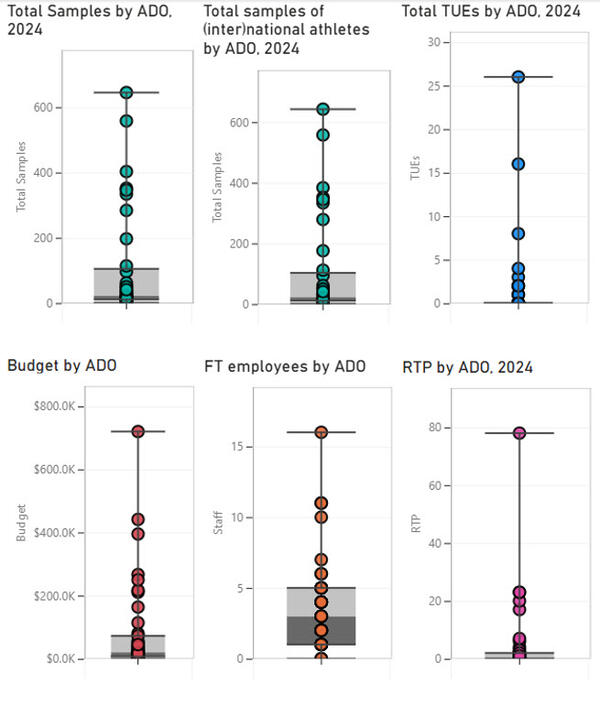
NADOs of: Afghanistan, Albania, Andorra, Angola, Bangladesh, Barbados, Bolivia, Bosnia and Herzegovina, Botswana, Burkina Faso, Burundi, Cambodia, Cook Islands, Costa Rica, Democratic Republic of the Congo, El Salvador, Eritrea, Gabon, Ghana, Grenada, Haiti, Honduras, Iceland, Laos, Liechtenstein, Luxembourg, Madagascar, Malawi, Mali, Mauritius, Monaco, Mozambique, Myanmar, Nepal, Niger, Oman, Panama, Paraguay, San Marino, Suriname, Zambia, Zimbabwe
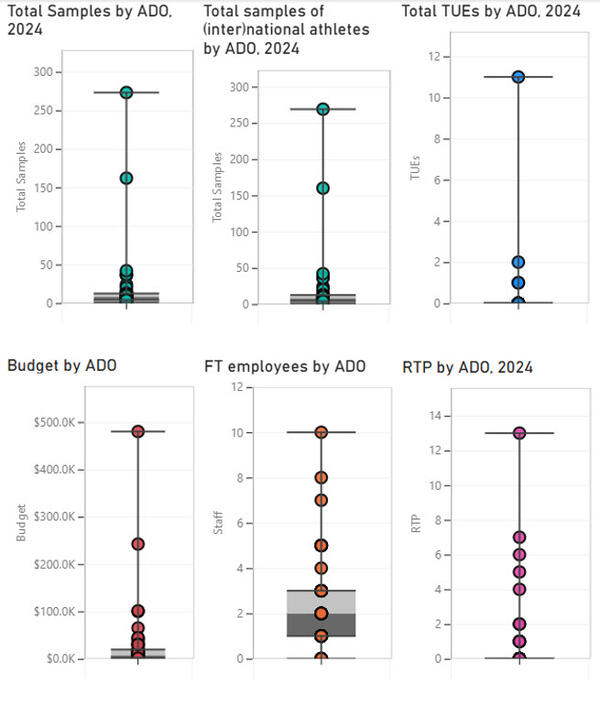
NADOs of: American Samoa, Antigua and Barbuda, Aruba, Belize, Benin, Bhutan, British Virgin Islands, Brunei Darussalam, Cape Verde, Cayman Islands, Central African Republic, Chad, Comoros, Djibouti, Dominica, Equatorial Guinea, Eswatini, Gambia, Guam, Guinea, Guinea-Bissau, Guyana, Kiribati, Lesotho, Liberia, Libya, Maldives, Malta, Marshall Islands, Mauritania, Micronesia, Nauru, Nicaragua, Palau, Palestine, Republic of the Congo, Rwanda, Saint Kitts and Nevis, Saint Lucia, Saint Vincent and the Grenadines, Sao Tome and Principe, Seychelles, Sierra Leone, Solomon Islands, Somalia, South Sudan, Sudan, Tanzania, Timor Leste, Togo, Tuvalu, United States Virgin Islands, Vanuatu, Yemen
IFs
Grouping
The World Anti-Doping Code Signatory Tiers (as defined in the Prioritization Policy) have been split into smaller groups based on three complementary factors: sport risk (measured by Minimum Levels of Analysis (MLAs) defined in the Technical Document for Sport-Specific Analysis (TDSSA)); sport type, as defined by the Strategic Testing Expert Advisory Group (e.g., cardiovascular endurance, power & strength, combat sports, etc.); and worldwide size of the sport, measured by the number of tests conducted by NADOs in the sport.
While these factors are external to the IF, they largely determine the context within which it operates. Tier 1 was split into three groups, while Tiers 2, 3, and 4 were split into two groups each.
There is no hierarchy between the groups.
Tier 1
Group 1A
Aquatics - World Aquatics, Athletics - World Athletics , Biathlon – IBU, Cycling – UCI, Fitness and Bodybuilding – IFBB, Powerlifting – IPF, Rowing - World Rowing, Ski and snowboard – FIS, Ski mountaineering – ISMF, Triathlon – Ironman, Triathlon - World Triathlon, Weightlifting - IWF
Group 1B
Boxing – IBA, Boxing - World Boxing, Gymnastics – FIG, Judo – IJF, Luge – FIL, Paralympic Sports – IPC, Skate and Roller - World Skate, Skating – ISU, Sport Climbing – IFSC, Surfing – ISA, Taekwondo - World Taekwondo
Group 1C
Badminton – BWF, Basketball – FIBA, Canoe – ICF, Football – FIFA, Handball – IHF, Hockey – FIH, Ice Hockey – IIHF, Rugby - World Rugby, Tennis – ITF, Wrestling - UWW

IFs: Aquatics - World Aquatics, Athletics - World Athletics , Biathlon – IBU, Cycling – UCI, Fitness and Bodybuilding – IFBB, Powerlifting – IPF, Rowing - World Rowing, Ski and snowboard – FIS, Ski mountaineering – ISMF, Triathlon – Ironman, Triathlon - World Triathlon, Weightlifting - IWF

IFs: Boxing – IBA, Boxing - World Boxing, Gymnastics – FIG, Judo – IJF, Luge – FIL, Paralympic Sports – IPC, Skate and Roller - World Skate, Skating – ISU, Sport Climbing – IFSC, Surfing – ISA, Taekwondo - World Taekwondo

IFs: Badminton – BWF, Basketball – FIBA, Canoe – ICF, Football – FIFA, Handball – IHF, Hockey – FIH, Ice Hockey – IIHF, Rugby - World Rugby, Tennis – ITF, Wrestling - UWW
Tier 2
Group 2A
Archery – WA, Blind Sports – IBSA, Curling – WCF, Dance – WDSF, Equestrian – FEI, Fencing – FIE, Table Tennis – ITTF, Golf – IGF, Modern Pentathlon – UIPM, Sailing – WS, Shooting – ISSF, Volleyball – FIVB
Group 2B
American Football – IFAF, Arm Wrestling – WAF, Bandy – FIB, Baseball and Softball – WBSC, Cricket – ICC, Ju-Jitsu – JJIF, Karate – WKF, Kickboxing – WAKO, Lacrosse – WL, Muaythai – IFMA, Orienteering – IOF, Sambo – FIAS, Savate – FISAV, Sumo – IFS, Tug of War – TWIF, Underwater – CMAS, Wushu – IWUF
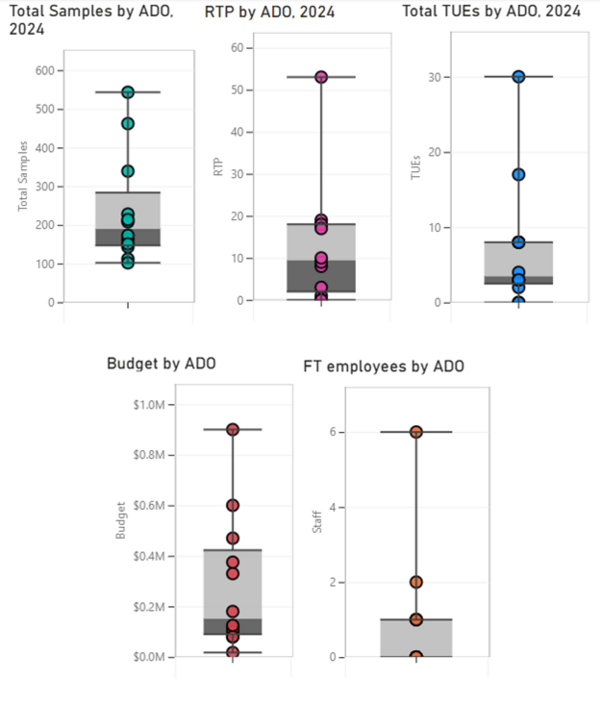
IFs: Archery – WA, Blind Sports – IBSA, Curling – WCF, Dance – WDSF, Equestrian – FEI, Fencing – FIE, Table Tennis – ITTF, Golf – IGF, Modern Pentathlon – UIPM, Sailing – WS, Shooting – ISSF, Volleyball – FIVB

IFs: American Football – IFAF, Arm Wrestling – WAF, Bandy – FIB, Baseball and Softball – WBSC, Cricket – ICC, Ju-Jitsu – JJIF, Karate – WKF, Kickboxing – WAKO, Lacrosse – WL, Muaythai – IFMA, Orienteering – IOF, Sambo – FIAS, Savate – FISAV, Sumo – IFS, Tug of War – TWIF, Underwater – CMAS, Wushu – IWUF
Tier 3
Group 3A
Aikido – IAF, Boccia – BISFED, Cheer – ICU, Climbing and Mountaineering – UIAA, Dragon Boat – IDBF, Icestock Sport – IFI, Kendo – FIK, Polo – FIP, Powerboating – UIM, Waterski And Wakeboard – IWWF, Basque Pelota – FIPV, Cerebral Palsy Football – IFCPF, Fistball – IFA, Flying Disc – WFDF, Korfball – IKF, Racquetball – IRF, Soft Tennis - ISTF, World Abilitysport
Group 3B
Automobile – FIA, Life Saving – ILS, Motorcycling – FIM, Floorball – IFF, Netball – WN, Paravolley – WPV, Squash – WSF, Wheelchair Basketball – IWBF, Wheelchair Rugby - WWR

IFs: Aikido – IAF, Boccia – BISFED, Cheer – ICU, Climbing and Mountaineering – UIAA, Dragon Boat – IDBF, Icestock Sport – IFI, Kendo – FIK, Polo – FIP, Powerboating – UIM, Waterski And Wakeboard – IWWF, Basque Pelota – FIPV, Cerebral Palsy Football – IFCPF, Fistball – IFA, Flying Disc – WFDF, Korfball – IKF, Racquetball – IRF, Soft Tennis - ISTF, World Abilitysport
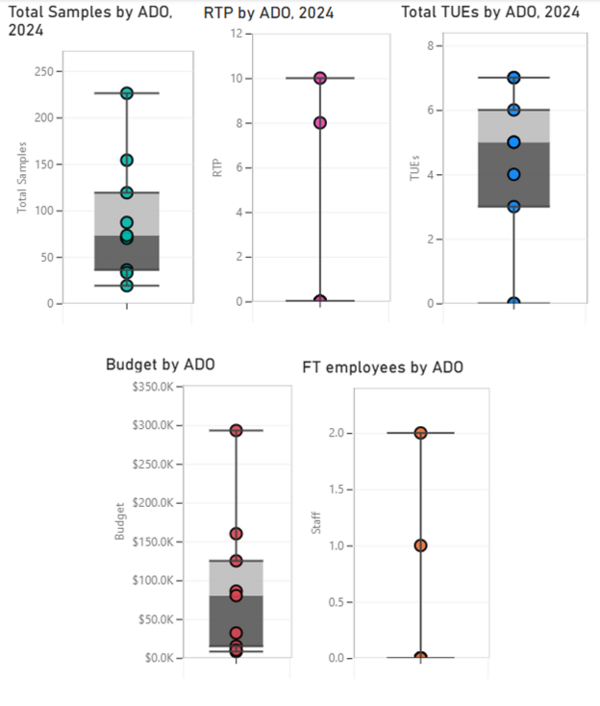
IFs: Automobile – FIA, Life Saving – ILS, Motorcycling – FIM, Floorball – IFF, Netball – WN, Paravolley – WPV, Squash – WSF, Wheelchair Basketball – IWBF, Wheelchair Rugby - WWR
Tier 4
Group 4A
Australian Football – AFL, Deaf Sports – ICSD, E-Sports – IESF, Karate – WKO, Kettlebell Lifting – IUKL, Kurash – IKA, Mixed Martial Arts – GAMMA, Mixed Martial Arts – IMMAF, Rugby League – IRL, Sepaktakraw – ISTAF, Sleddog – IFSS, Taekwondo ITF - ITF-Austria, Taekwondo ITF - ITF-Spain, Teqball - FITEQ
Group 4B
Air Sports – FAI, Billiards – WCBS, Bowling – IBF, Bowls - World Bowls, Bowls and Petanque – WPBF, Bridge – WBF, Casting – ICSF, Cheerleading – IFC, Chess – FIDE, Darts – WDF, Dodgeball – WDA, Draughts – FMJD, Go - IGF-Go, Intellectual Disability – Virtus, Jump Rope – IJRU, Kudo – KIF, Minigolf – WMF, Pole Sports – IPSF, Practical Shooting – IPSC, Rafting – IRAFT, Sport Fishing – CIPS, Table Soccer - ITSF

IFs: Australian Football – AFL, Deaf Sports – ICSD, E-Sports – IESF, Karate – WKO, Kettlebell Lifting – IUKL, Kurash – IKA, Mixed Martial Arts – GAMMA, Mixed Martial Arts – IMMAF, Rugby League – IRL, Sepaktakraw – ISTAF, Sleddog – IFSS, Taekwondo ITF - ITF-Austria, Taekwondo ITF - ITF-Spain, Teqball - FITEQ
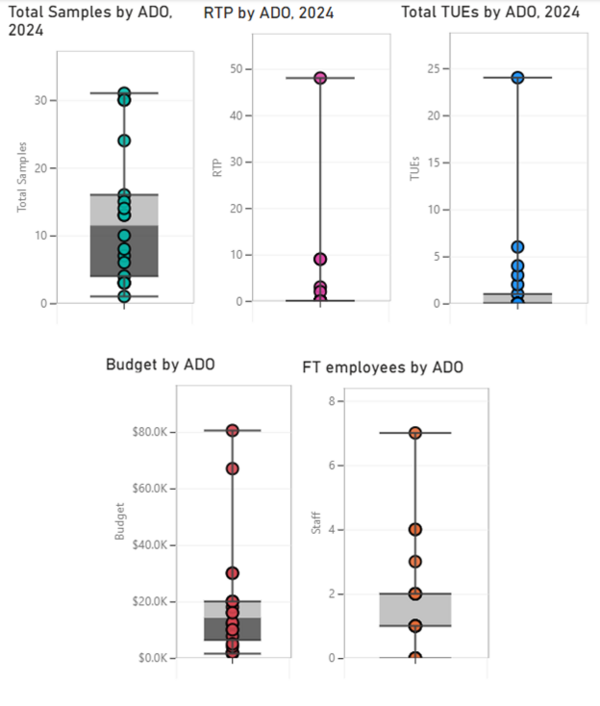
IFs: Air Sports – FAI, Billiards – WCBS, Bowling – IBF, Bowls - World Bowls, Bowls and Petanque – WPBF, Bridge – WBF, Casting – ICSF, Cheerleading – IFC, Chess – FIDE, Darts – WDF, Dodgeball – WDA, Draughts – FMJD, Go - IGF-Go, Intellectual Disability – Virtus, Jump Rope – IJRU, Kudo – KIF, Minigolf – WMF, Pole Sports – IPSF, Practical Shooting – IPSC, Rafting – IRAFT, Sport Fishing – CIPS, Table Soccer - ITSF